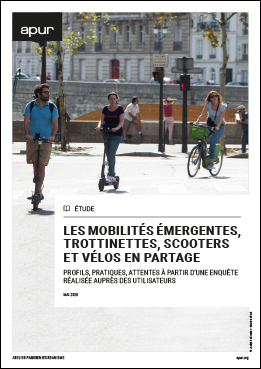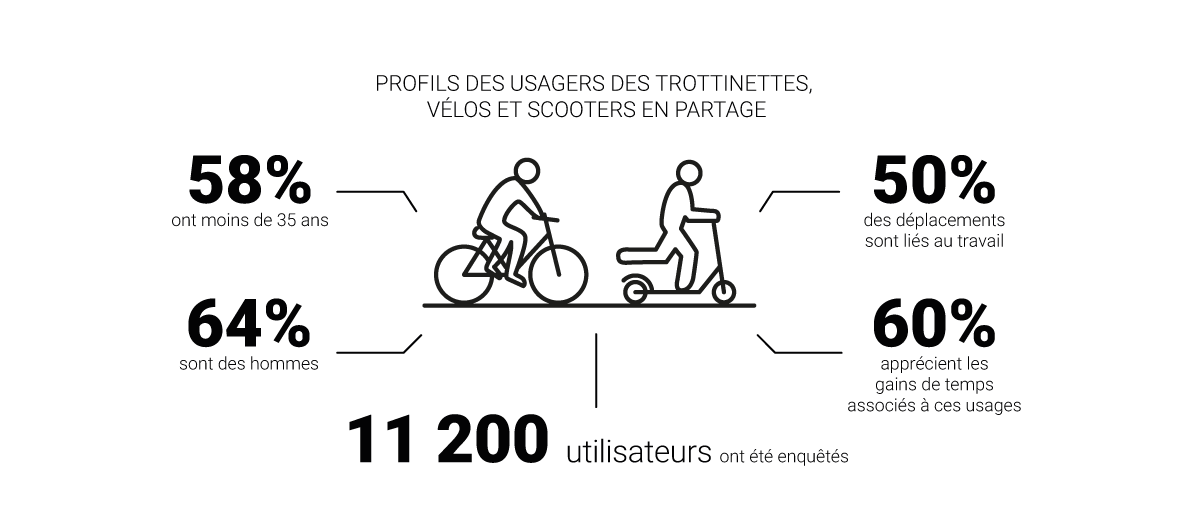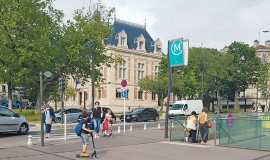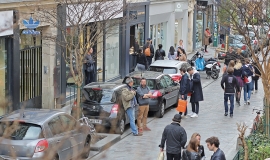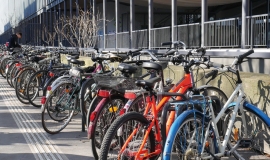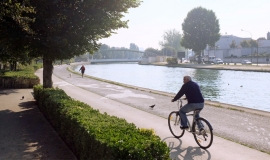A little over 11,000 shared mobility users responded to a survey aimed at gathering new information on their current practices. The results of the survey shed light on users’ profiles, motivations, restraints and expectations.
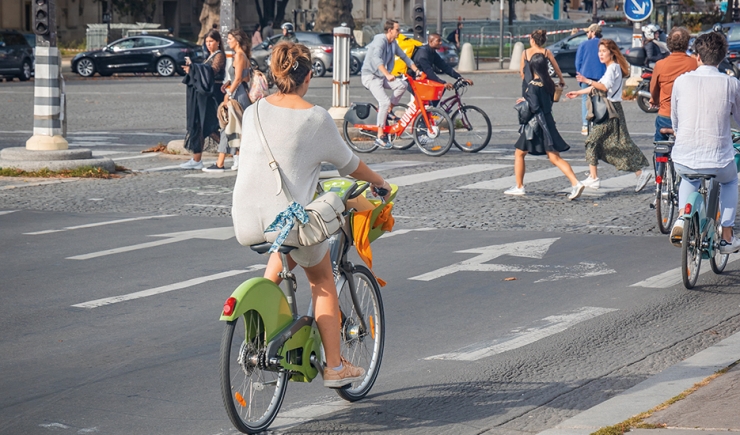
Urban mobility has profoundly changed in the space of a few years, and now offers a much wider range of services.
First becoming popular with the bicycle and car services Vélib’ and Autolib’, shared mobility services have now totally transformed with the arrival of private, free-floating, micro-mobility operators. The success of these services lies in their strategy of setting up in large metropolises which have the characteristics of a high density of buildings and their population, which is mainly made up of young people, people working, a high proportion of managerial jobs, a wide variety of functions, a lot of visiting tourists and a complex network of public space. Self-service push-scooters, scooters and bicycles offer city dwellers a new mobility experience and profoundly change the use of public space.
In the context of its partnership programme, Apur therefore wanted to become better documented on the way they are used and the people who use them.
The study has of two main chapters.
- The first chapter documents practices based on the expertise of researchers and the survey results carried out by study agencies and institutional organisations.
- The second part presents the analysis of the survey of more than 11,000 users carried out by Apur in order to document their profile and the limits and expectations linked to these mobility offers. It thus gives a spacial, social and functional map of micro-mobility.
This survey was carried out in liaison with 10 operators, the City of Paris and Ile-de-France Mobilités.
What appears is that use of these means of transport is over-represented among residents in the heart of the city centre and central business districts. Users mainly appreciate the advantages of saving time and breaking the link between use and ownership. Their average speed makes these means of transport very competitive compared with motorised mobility in Paris when covering short and medium length distances. However, using them is overshadowed by the cost which is considered high and the fear of accidents.
Using these means of transport in detrimental to public transport and walking and to a lesser extent cycling and motorised means of transport. However these modal splits vary depending on the type of vehicle.
Finally, the analysis shows that the new offers respond to a need for short and medium length journeys. Operators are beginning to adapt to the social demand for the improvement of fleets, the ways in which they are integrated into public space and the carbon footprint.
Data provided by operators indicate that all included, these vehicles (push-scooters, bicycles and scooters) have travelled almost 92 million kilometres in one year, mainly for journeys linked to work averaging a distance of 2.5 kilometres.
The survey establishes that the strikes in December 2019 and January 2020 attracted new users with unusual profiles. Lessons can be learnt from this at a time when public authorities are working on drawing up a plan to gradually lift the lockdown after the first wave of Covid-19.

